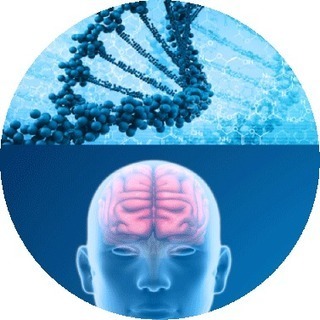An international research consortium has developed, with significant involvement of Luxembourg Centre for Systems Biomedicine (LCSB) scientists, the first computer model to include 3D in the representation of human metabolic processes.
To this end, the researchers integrated the three-dimensional structures of over 4,000 metabolic products, or metabolites as they are known, and nearly 13,000 proteins into an existing computer model. They also added an enormous volume of genetic and chemical information to the model on which the simulation runs. The name of this new computer-based tool, which has been made available to the biomedical research community recently, is Recon3D. The researchers’ results on Recon3D appear in the journal Nature Biotechnology (doi:10.1038/nbt.4072).
Recon3D is available at vmh.live, Virtual Metabolic Human database.
The importance of scientific computer models continues to increase. They make the existing knowledge tangible and thereby help scientists to accurately formulate and work on targeted problems in research. To create such models, researchers analyse all the publications and databases they can find on a topic and feed this information into their model.
Learn more / En savoir plus / Mehr erfahren:
https://www.scoop.it/t/luxembourg-europe/?&tag=University+Luxembourg
https://vmh.uni.lu/



 Your new post is loading...
Your new post is loading...










Welcome to the Virtual Metabolic Human database!
The virtual metabolic human database provides literature-derived information on human metabolism, gut microbial metabolism, nutrition, and diseases (more here).
Learn more / En savoir plus / Mehr erfahren:
https://www.scoop.it/t/luxembourg-europe/?&tag=University+Luxembourg
https://vmh.uni.lu/